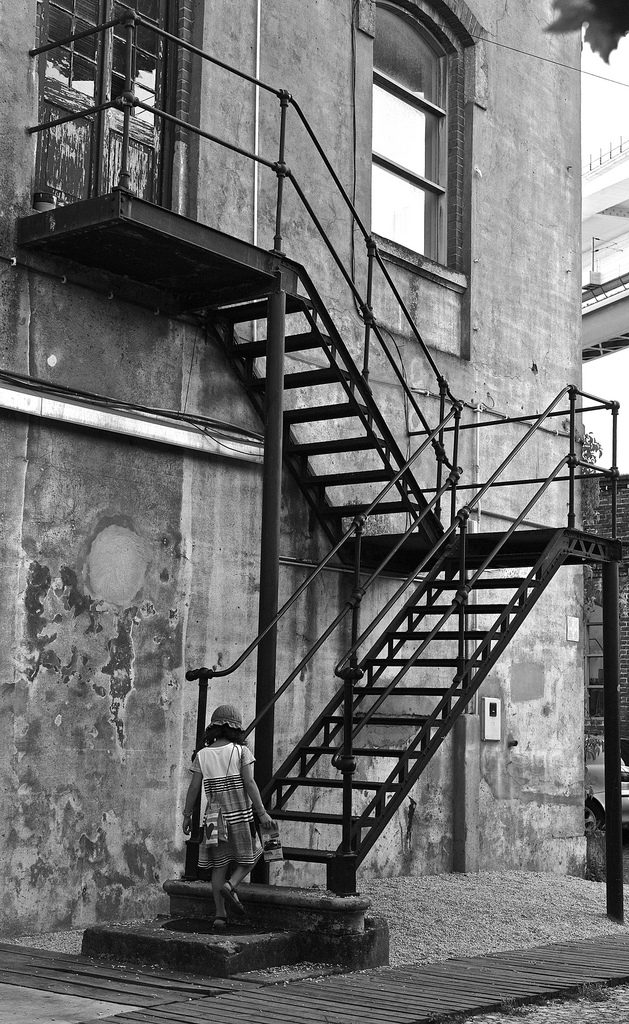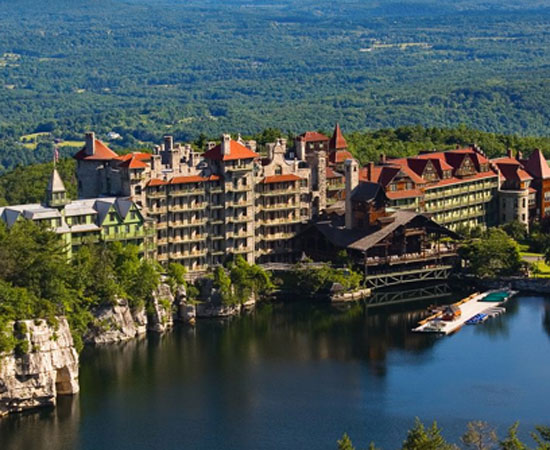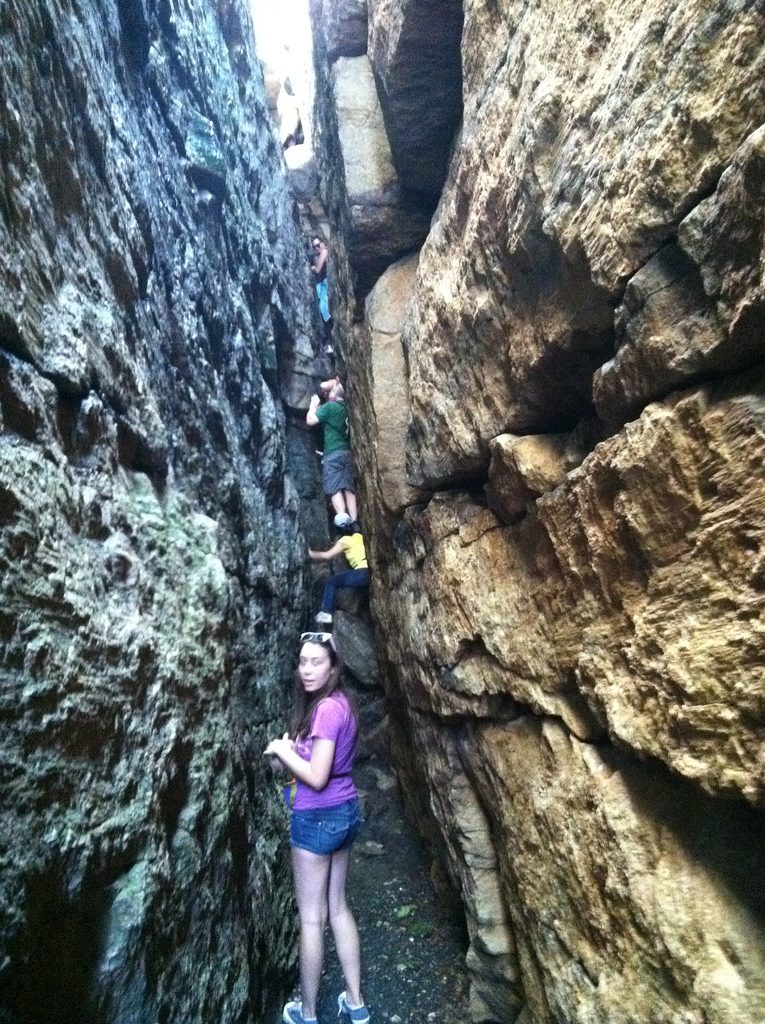January 6, 2017
 As a child, I seemed to be afraid of everything, cats, dogs, snakes, dragonflies, ghosts, kidnappers – even ordinary ducks. And one of my missions in life has been the systematic overcoming of those fears, one by one. Mostly, I’ve been successful. Now in my fifties, my comfort zone is dramatically expanded, and there truly is not much that I fear.
As a child, I seemed to be afraid of everything, cats, dogs, snakes, dragonflies, ghosts, kidnappers – even ordinary ducks. And one of my missions in life has been the systematic overcoming of those fears, one by one. Mostly, I’ve been successful. Now in my fifties, my comfort zone is dramatically expanded, and there truly is not much that I fear.
But there’s one fear I have yet to fully conquer, and that’s my fear of heights. Don’t get me wrong, I have made a lot of progress on this one, but I had a very long way to go. I remember somewhere around the age of five being at a local amusement park and just freezing on a stairway up to an attraction because those stairs were the slatted kind where the vertical part was just open space and you could see right through to the ground below. This was so visually disorienting that I literally could not force myself to go any further. I sat down right there in the crowded line and waited there for someone in my family to return and accompany me back down the steps.

No way, José
In junior high, I was in this experimental interdisciplinary program. In ninth grade, our teachers took us on a camping trip that involved some Outward Bound-type activities that included rappelling down a giant (to me, anyway) rock. Looking back, it was really not a big deal at all, probably not more than fifteen feet from the ground, but that didn’t stop me from being more physically terrified than I have ever been in my life, before or since.
In the ’90s, I did a lot of therapy and started really kicking off the shackles of some long-held fears. I was very motivated to make progress on this heights thing because it felt like it was still holding me back from having the sorts of adventures that I craved. So to challenge myself I booked a week-long vacation at Mohonk Mountain House situated on a huge plot of land in the Shawangunk Mountains, with plenty of hiking trails and numerous rock scrambles. I deliberately set about climbing everything I could find, and to my surprise I found that I really enjoyed scrambling over big rocks. It was exhilarating and fun! After a few days, I decided I was ready to try their most difficult rock scramble: the Labyrinth. I didn’t expect to complete it, but at least it would be an adventure.

Mohonk Mountain House from the trail to Skytop
Much of it turned out to be glorious. Another significant chunk was challenging, but deeply satisfying. I can do this, I thought in surprise. Maybe, just maybe, I could do the whole thing! As the hike went on and I conquered obstacle after obstacle, I gradually reached the point where the idea of doing the whole thing became really important to me. And then I hit the Lemon Squeeze.
The Lemon Squeeze was a series of steep ladders and crevices that had defeated less fearful folks than I. At several points, it was all I could do not to stop, crouch in a corner, and tremble. As a matter of fact, at those times the only thing that kept me going was the thought that going backward might even be scarier than going forward. I took a few very deep breaths, avoided looking down, and just kept moving.
But there was one spot – just one – where I absolutely could not figure out how to get from where I was to where I needed to be. In a narrow crevice between two large rocks, I got halfway up the wall of rock in front of me only to realize that I could not find footholds and handholds to carry me up to the top. I went back to the bottom of that section and went through all the options (or so I thought) and came up blank. I really didn’t want to admit defeat and go backward, but I was incapable of going forward. I was completely and utterly stalled. It was hard not to feel sorry for myself, or at least regretful of my adventurous ambition. At that point, I may have prayed for help, but in any event, help appeared.
A group of three or four more-experienced hikers were not far behind me, and when they came through I confessed I was stuck and moved aside to let them go ahead. As they did, I watched them. They did something that would never have occurred to me in a million years. They ignored what I had thought was the obvious route, up the wall with the most visible footholds. Instead, they stayed toward the outside edge of the crevice, straddling it with one leg on each wall, and using formerly invisible (to me) footholds in the rocks on both sides. Some of their route was impossible to see from my vantage point as most of it was above eye level and hidden from view. And yet, the hikers made the climb itself look easy.
I made a decision on the spot. It took everything I had, but I followed their lead, copying their movements. And, lo and behold, it was pretty easy! Terrifying, but easy. Suddenly an impossible-to-climb ladder had morphed into a relatively easy staircase, just by a shift in perspective. And just a few short minutes later, I was rewarded for my perseverance as I reached the very top of the rock scramble, feeling more exhilarated than I had ever been in my life. I had faced down some of my worst fears and triumphed! It may sound corny, but I felt like Rocky Balboa at the top of the Philadephia Museum of Art’s steps, jumping up and down with my fists in the air. (Or at least I would have if I weren’t so afraid of looking like an idiot.)
This experience taught me a lot about myself and about the world. Sometimes we can’t see the way forward at all, but that doesn’t mean there isn’t one. It also doesn’t mean that the way forward is not an easy one, no matter how impossible that may seem to begin with. Sometimes all it takes is a tiny shift in perspective and a little bit of faith to accomplish things that seem unimaginable to those who don’t have your vantage point.
As far as I can tell in my (pretty broad) circle, 2016 was a hell of a year. And by that I don’t mean that it was “hellish,” though I know people for whom that was certainly true. Personally, I was deeply affected by the suicide of an old friend that I had been somewhat estranged from. Shortly afterward, another person in my life died suddenly. This man’s outlandish (mostly) true stories intrigued me and entertained me so much that I had been planning to record them in order to consolidate them into a book. I try to live my life without major regrets, but in the space of two weeks I was hit hard in the face with the end of possibility in two significant areas of my life. Even worse to me was the fact that I was so caught up in my own reaction to the death of two people who had once been so vitally alive. Somehow, I had made their deaths all about me.
But that’s what we do as humans, isn’t it? We personalize our experience. We look at the world through the lens of our own lives and what events mean to us. Nowhere was that more obvious than in the 2016 presidential election. Everyone seemed to want to tell everyone else how they should vote because the candidate of their choice seemed more likely to affect their lives for the better – or worse. While this sort of narrow focus is understandable – and all too human – I suspect it is not serving us as a society, a species, or as stewards of our planet. Sometimes it’s best for all concerned if we back up and broaden our vision to encompass the hints and clues to the bigger picture that we have all been missing – and make no mistake, every one of us is missing something – in our narrow, personalized focus.
In that spirit, my challenge for 2017 is to try and expand your focus this year, no matter how narrow or broad it may be to begin with. I suggest we all try hard to see that which we have been missing until now. Admittedly, this is very difficult to do because – like for me on the mountainside – whatever it is is literally invisible to us at the moment. They don’t call them blind spots for nothing. But for now, let’s just take on faith that those blind spots are there, and make it our intention to open them up and shine some light on them. It may help to be aware that our blind spots probably involve the very things that we are most passionate about, and those are often the very spots where we are most in need of healing. If we have strong opinions on any subject, that’s probably where we should begin.
Let us seek out information that diametrically opposes what we believe, and not just in order to find holes to punch or something to ridicule. Let us seek this information in order to fill gaps in our own knowledge, in our vision of the world. Let us consciously step back from our own passions long enough to see the issues from another perspective. Not because that perspective is any more perfect or “right” than ours is in the first place, but because it will give us valuable information, leading to a more complete picture with greater understanding, and make us better humans.

Part of the Lemon Squeeze
Let us learn to identify opinion and persuasive speech for what they are. Value judgments are opinion. Always. They are not objective truths. They are colored by our experiences.
While opinion is not “truth,” it’s not “falsehood” either. Look for the experiences or facts that opinions are based upon by asking what is supporting the opinion? I believe you will find, as I have, that many people offer their opinion without any support whatsoever, or their only support is “someone I know said so.” Those are not the opinions to seek (and it is sometimes a good idea to point that out). But many others have solid supports for their opinions. Their experiences are most certainly colored by their expectations, but they are not “wrong.” Try to give people the benefit of the doubt when they relate their experiences. As Max Ehrmann advised in “Desiderata,” “listen to others, even to the dull and the ignorant; they too have their story.” Yes, they will have blind spots about it, but chances are, so do you.
Now “facts,” on the other hand, are a whole other animal. Facts are supposed to be objective. They aren’t entirely, of course – just consider the very different versions we have been given of the “facts” of Christopher Columbus’s life to get a sense of what I mean by that. But facts related as such should be verifiable at least, and to the extent possible, it is a very good idea to do that verification for ourselves. For instance, if I read an article relaying that so-and-so made some outrageous, infuriating statement, I will see if I can find the exact words that person said, on video or in the original text of an article or book, and I will attempt to find the context for those words as well because if, I am honest, I know that I have said things that could be quoted to make me look very bad indeed, even to myself, especially if they are taken out of context. And I suspect the same is true for everyone.
If I can’t find outside verification of the “facts,” they automatically go into the “not necessarily truthful” bin in my head. Often, I find the original only to discover that whatever article I’m reading has related those facts in the harshest or most extreme light possible, sometimes even – dare I say it? – going so far as to misrepresent those “facts.” In recent years, I’ve noticed that this happens on all sides of every issue. The writers or websites who do it, some of which I previously trusted, then go into the “not necessarily reliable” bin in my head.
The funny thing is that I have found there is no person, or news source, who does not belong in both the “sometimes correct” and the “not necessarily reliable” bins. In other words, for me, there is no longer such a thing as a “trusted news source,” nor is there any organization objective enough to be considered an “arbiter of truth” – as one mainstream journalist recently found to his astonishment and chagrin. That realization can be disorienting and daunting, but it is ultimately freeing. You see, there never was a news source that got things right all the time. Never, not even in the “Golden Age of Journalism,” the Walter Cronkite and Woodward and Bernstein era of the 1970s. The idea that there was was just an illusion, an illusion that is finally coming to a well-deserved end.
I think it will be very important in this new year for us all to seek out opposing viewpoints, fact check like crazy, and keep going until we find something that our “opposition” is right about, some common ground that can be acknowledged. That will immediately remind us that “they” are not, in fact, “the opposition”; they are fellow humans. And that little shift in perspective could make all the difference in the years to come.
No one is completely right or completely wrong. Most of us get something right and quite a bit wrong. As I’ve said many times before, everyone has a bias and a “spin,” including me. But that doesn’t mean that there is anyone who isn’t dead on about something, and as a very wise man once pointed out, if we’re going to see clearly enough to take the speck out of our neighbor’s eye, we’re going to have to take the plank out of our own first.
How about you? Do you have a story of a time when you experienced a sudden shift in perspective that rocked your world, changed your life, inspired you to continue, etc.? If so, please share it with us in the comments. You never know who will needs to read that particular story.
~ Professor
For more by Professor, click here.

















You need the RFK story up as soon as possible TMR
Absolutely MOMENTOUS DAY
http://www.naturalblaze.com/2017/01/alzheimers-aluminum-brain-tissue-proven.html
If Aluminium = Alzheimers (& it seems it does)
What else might be true ? That we have been told is not true .
HayProfessor Maverick here! Way2go! You found your own Rocky Balboa! Time
2 Rock+Roll together! Orac, theFDA, theCDC, etc. can’t win The 100 Best Medical
Studies Challenge! Why? They have 2use Pharma Studies, they mostly Suck!
The Ropeworms+Autism…I think they are mostly Fungal Biofilms! (sorry 4 all the
exclamation points etc!). ZenHoneycutt+MomsAcrossAmerica=YES! I love what
KerriRivera has done! Dr. Wakefield+Robert Kennedy Rocks! LET’S GO 4IT ALL!
OrganicHippocraticAmerica! THANKS 4 BEING COURAGEOUS U GUYS!
Your Friend Maverick….Mark Brown PA Johns Hopkins Grad….
P.S. Optivio=TheLatest+GreatestFromPharma4Cancer=Really? Cost=Really? One
sideEffect=BodyAttackingItself During+EvenAfterTreatment, PossibleDeath…Well..
Thank you for posting this thoughtful essay. It is a lovely meditation for the new year. We need not fear change. We need not fear one another. The world is a creative and mysterious place, full of beauty. Let us see that beauty in the eyes of each and every person. So be it!